

missingno
- 8 Posts
- 507 Comments

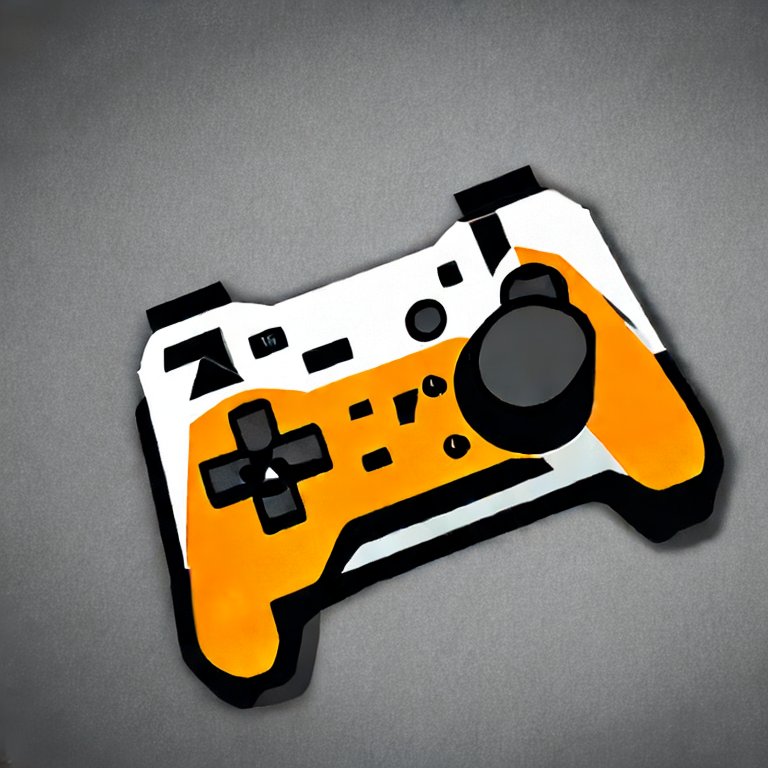
Text that’s written in kana-only can actually be kinda difficult to read. Japanese is written without spaces between words, so kanji helps to distinguish where words actually begin and end. The language is also full of homophones, words that are pronounced the same but are written with different kanji to disambiguate them.


Unicode has over 100,000 kanji, though the vast majority of these are esoteric kanji that are rarely used. You could trim it down to just the Joyo kanji list, consisting of 2,136 characters for everyday use.
The Fiend’s Cauldron from Kid Icarus Uprising. At the start of a stage, you have to wager currency on how high of a difficulty you want to attempt, on a sliding scale from 0.0 to 9.0. Higher difficulties cost more to play, and if you fail, you lose your bet and the difficulty drops if you choose Continue. It’s an interesting system for how it forces you to check your ego and self-evaluate just how much you think you can handle.


- Puyo Puyo Champions - Extra selfish pick, in this scenario now people would have to play it and we’d have a healthy playerbase again. I’d finally get to fulfill my dream of large offline tournaments.
- Skullgirls - See above.
- Stepmania - I was tempted to say Wacca or Chunithm, but in this scenario Stepmania would be ideal for nearly infinite content, as well as offering both keyboard and pad playstyles in one game.
- Slay the Spire - My pick for casual second monitor content. I’m also assuming the modding scene is allowed to continue, in this scenario it’d suddenly have everyone making tons of new characters.
- Super Mario Maker 2 - Actually took me a bit to think of what the last game should be. Gotta be an endless game, but I didn’t want to duplicate genres by just adding another fighting game or puzzle game. Though if we’re allowing romhacks to count as part of the game, if new romhacks can continue to be made, substitute Super Mario World instead.
Console manufacturers sell at a loss because they need to sell the console first before they can sell anything else. They can expect to make that money back on software the user could not have bought without the console.
Valve doesn’t need people to buy Steam Machines to get them to start using Steam. In fact, I suspect most units sold will be to users who are already invested in the ecosystem. Selling at a loss would just be a straight loss to them.
Two years ago, one of my favorite games made some very minor cosmetic tweaks, and that was enough to attract a horde of post-Gamergaters crying that this is the downfall of western civilization. Two years later, the board for that game is still under seige by trolls that have rendered it unusable for anyone who actually wants to talk about the game. Every now and then a Valve mod will lock one thread, and then the trolls just make another and it continues.


CoH’s control scheme requires both hands, so I can’t recommend it to OP. But I’ll also have to say that I have the opposite opinion, CoH was good for a casual playthrough but wasn’t something I could sink several hundred hours into like the original. The overworld made runs much longer and much more repetitive since a lot of it is always the same.


-
Anything turn-based, especially mouse-driven titles. Slay the Spire, Chess, Riichi Mahjong, Balatro, etc.
-
Puyo Puyo Champions has a one-handed preset in its controller options. Do note that if you want to play online, only Switch is active since that’s where Japan is, I can’t recommend the game on other platforms.
-
Kirby Air Ride uses only one button + analog stick, and any button works, so you can use L. Would have to be left hand for the original, but the sequel coming out later this month has a detailed accessibility menu, which I bet will include right-handed settings.
-
Crypt of the Necrodancer is designed to be playable with just four arrows, in case anyone wanted to play it on a DDR mat. Which also means you can play with arrow keys or WASD.
-
Rhythm Doctor is actually just one button.
-
Rhythm Heaven Fever uses only A and B. Rhythm Heaven DS uses only stylus. The rest of the series uses d-pad as well though, so those are less playable.
-
Come to think of it, any DS game that only uses stylus.
Just a few days ago, at a local Vampire Savior tournament. Grand Finals ended with me sniping Q-Bee’s bubble super with a callout from B.B. Hood’s gun super. Wish I had a clip, but it wasn’t streamed or recorded.
Also had a few good laughs playing Skullgirls earlier that night at the same local, chaotic shit always happens in that game.
Romhacks:
- Link to the Past Randomizer - Generates a shuffled ROM with all chests and items swapped around, sending you on a wild goose chase through Hyrule trying to find everything required to beat Ganon. Has a LOT of settings to play around with.
- Link to the Past/Super Metroid Combo Randomizer - Like the above, but with both games combined into a single ROM using some elaborate witchcraft. Certain doors take you from one game to the other, and the item pools are shuffled together so you’ll have to go back and forth between Hyrule to find Metroid items and Zebes to find Zelda items. It’s a bit imbalanced by the fact that LttP is a much bigger game than SM with far more items and locations, but I recommend playing through it once for the sheer novelty.
- Celeste Mario’s Zap & Dash - A metroidvania running in SMB1’s engine. As the name suggests, it’s heavily inspired by Celeste and ports in mechanics from that game.
Standalone fangames:
- Panel Attack - Open source clone of Panel de Pon/Tetris Attack/Puzzle League/Puzzle Challenge/oh my god Nintendo please pick a name and stick with it featuring netplay and modding support.
- AM2R - Another Metroid 2 Remake. Do note that I’ve heard a big 2.0 update is supposed to be coming soon, so you may wish to wait for that.
Porting two existing titles is hardly what I would consider a new golden age.
Browser games peaked in the 00s-10s as the most accessible place to publish a simple indie project. It was simple and easy for beginner developers to just make something and put it out there, and for those that took off there was a decent pipeline to monetize a hit by licensing it to sites that would share a cut of ad revenue.
But now, mobile and Steam have replaced that as the go-to target for developers. They’ve gotten to a point where they’re just as accessible to develop for, and if you want to make a living off your work you’ll have a much better shot that way.
Plenty of great tools still exist for HTML5 development, if developers wanted to they could, and some do. Itch.io has a good amount of new browser games, they exist.
But there’s never going to be anything as big as Newgrounds or Kongregate. Those days are gone for good.
At one point MaxEnt had announced an Avatar fighting game, but then silently canceled it when everything imploded. So this appears to be a revival of that.
Over a month ago we were told that TFH’s IP had been sold to a new owner, and they’d have an announcement within a month. Announcement still hasn’t happened, but the publisher on Steam was silently changed to Gameplay Group International, along with Diesel Legacy’s.
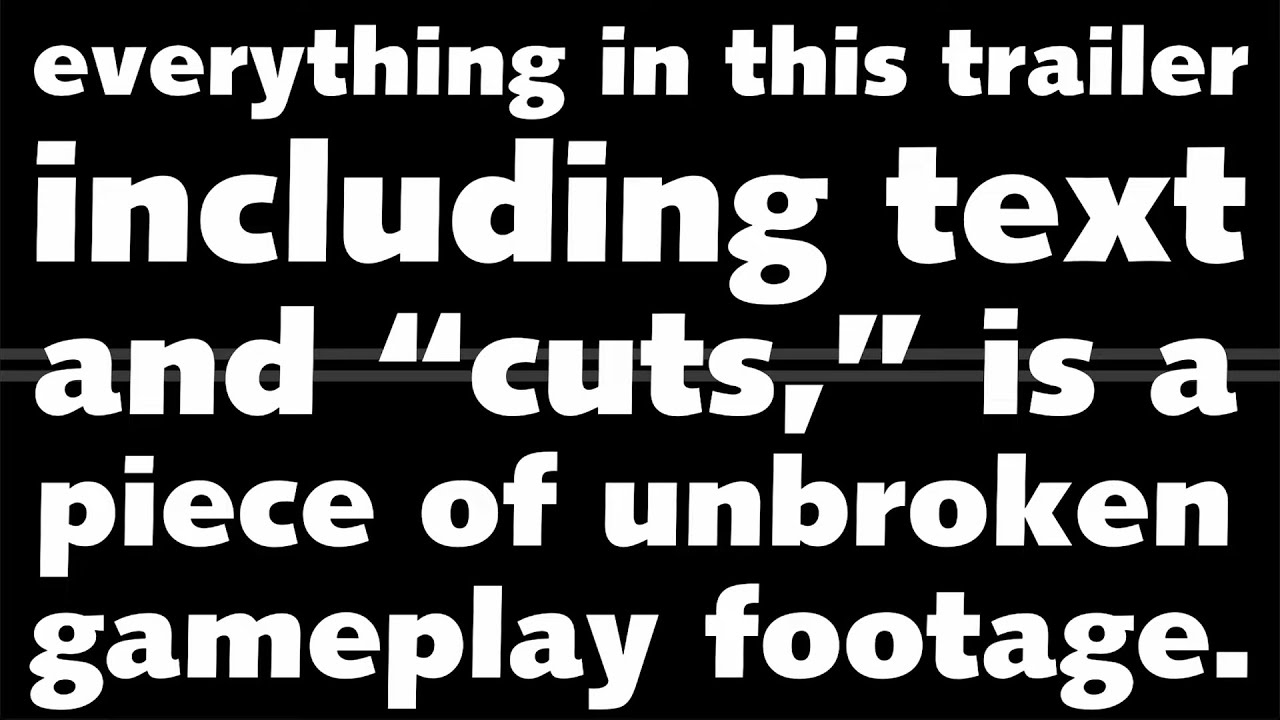
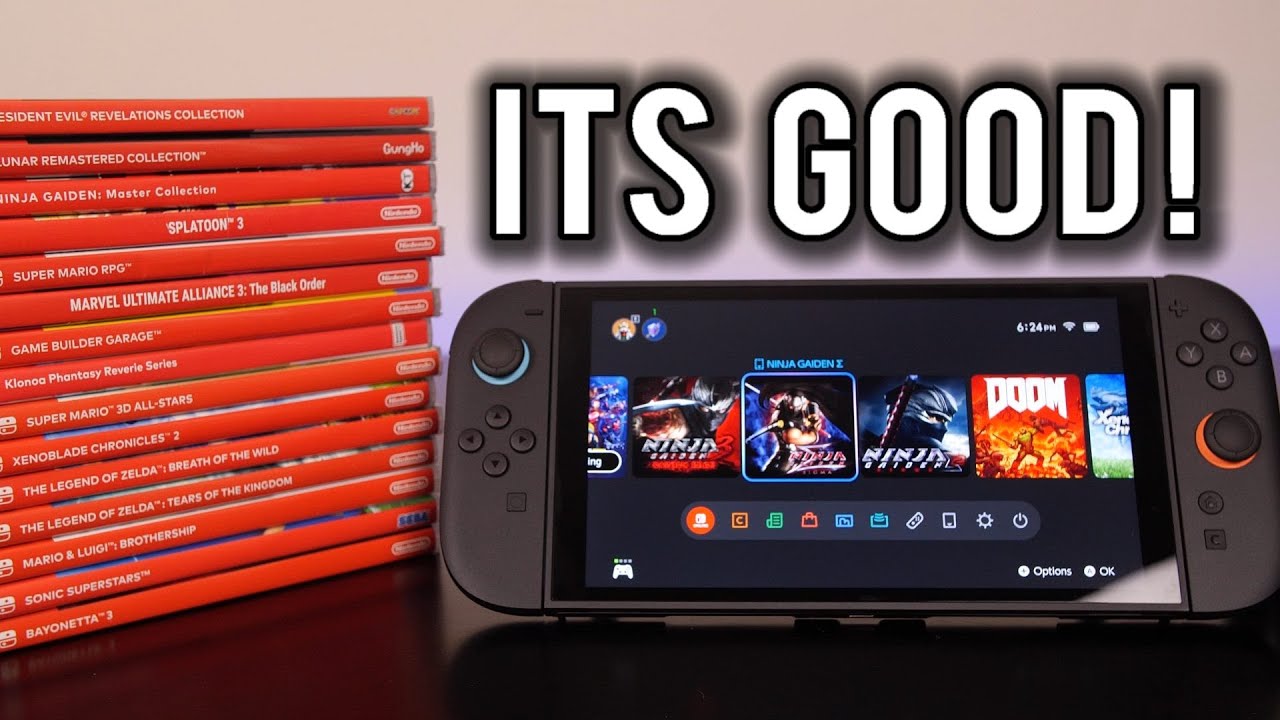



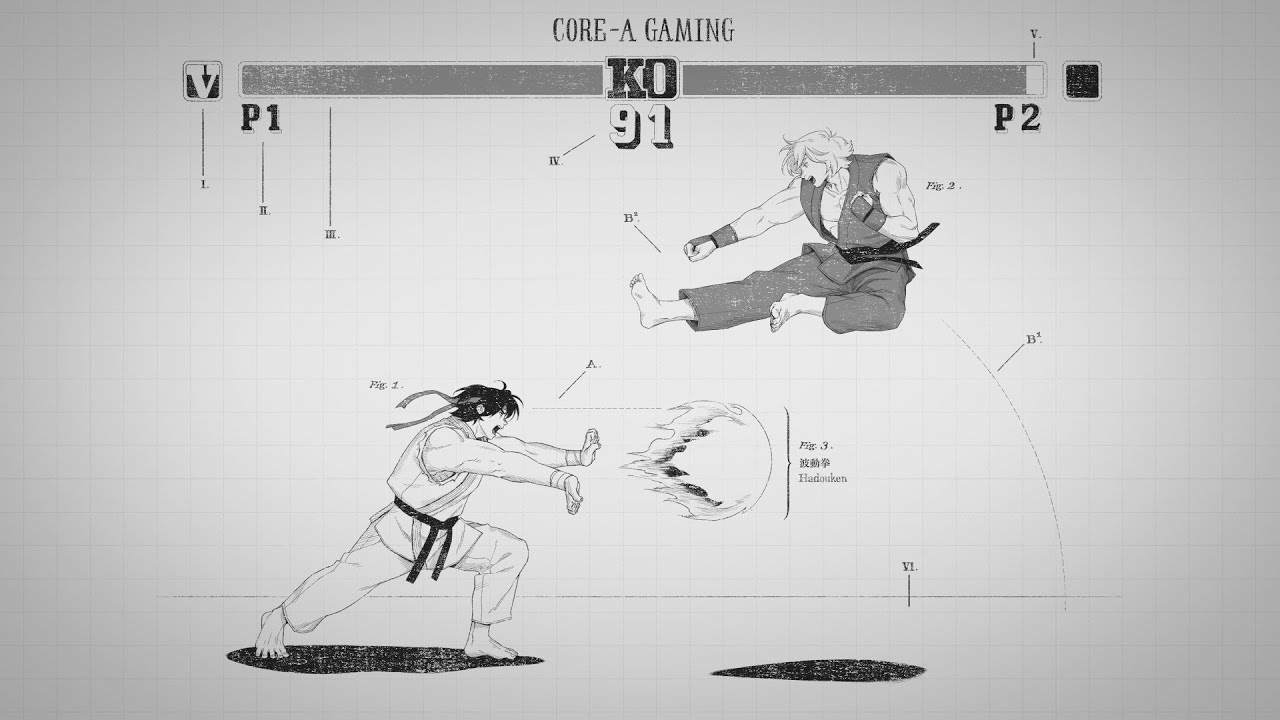
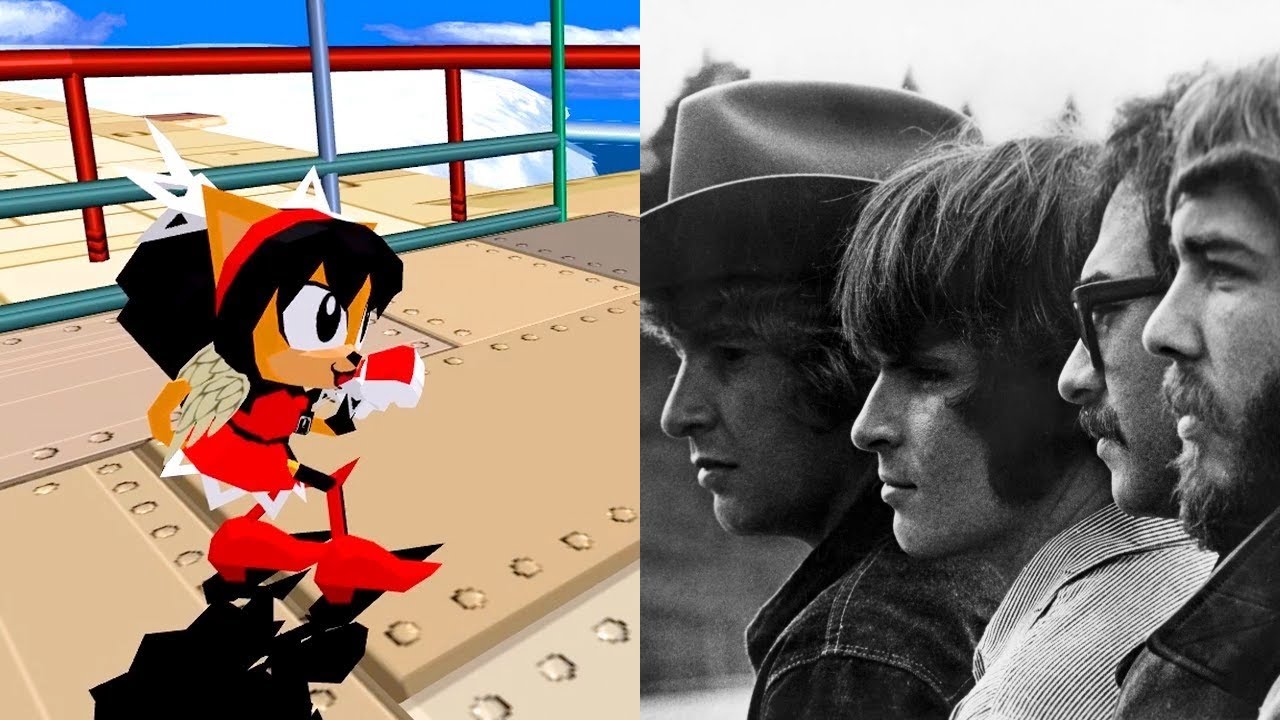
One of the bonus levels in Rhythm Doctor is a Bits and Bops collab. There’s also an Unbeatable level, so it’s a funny coincidence to have all three games launch in the same week.